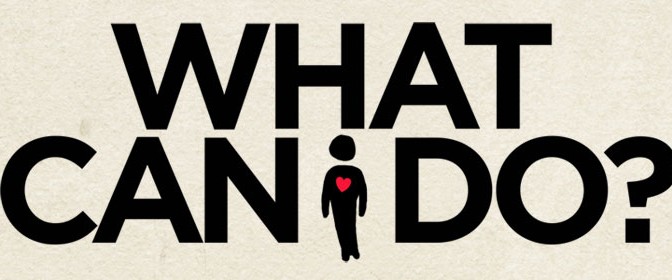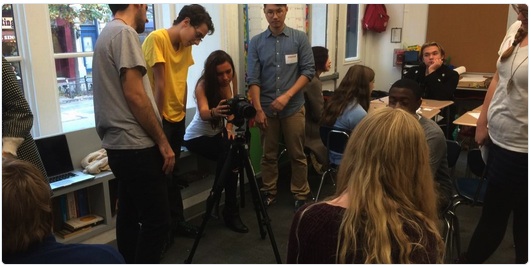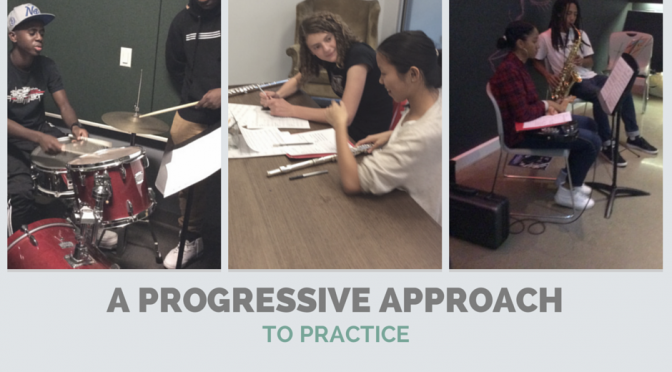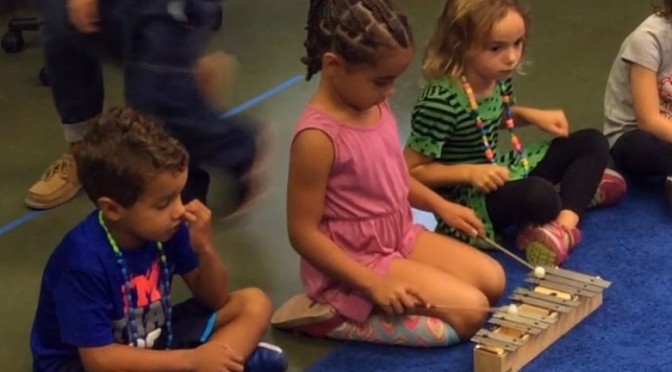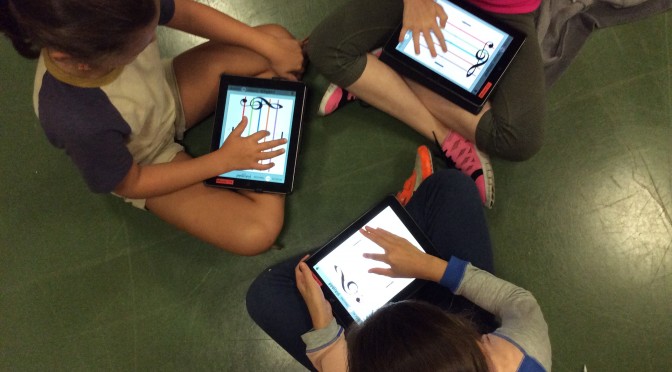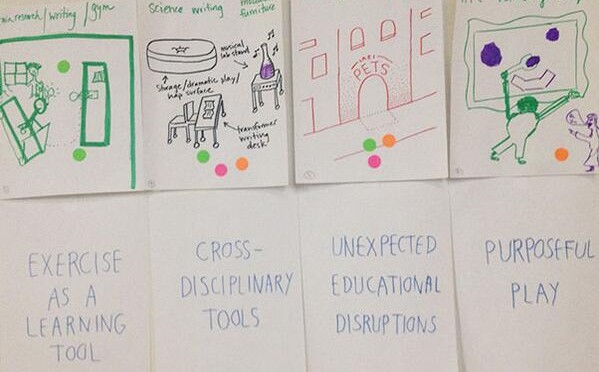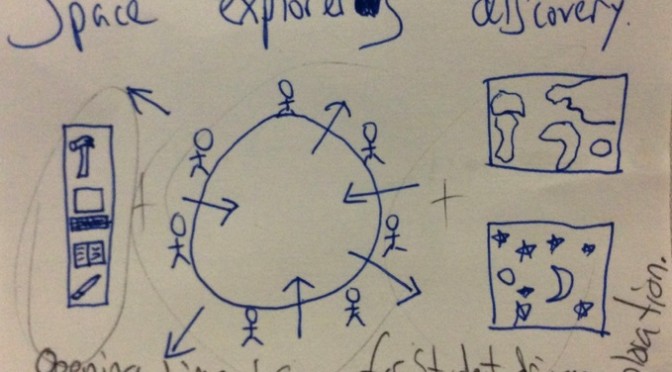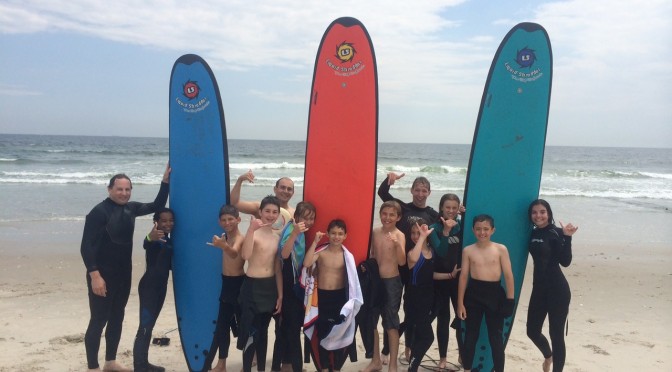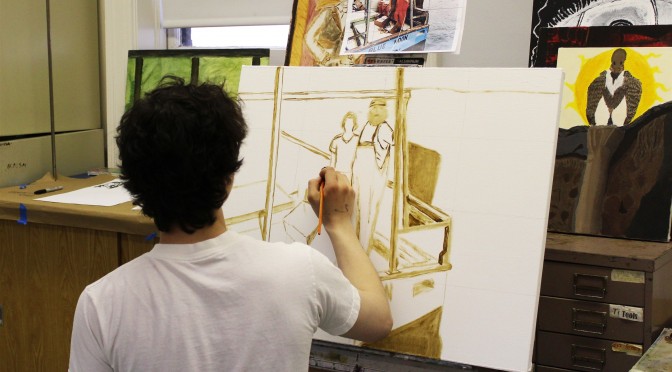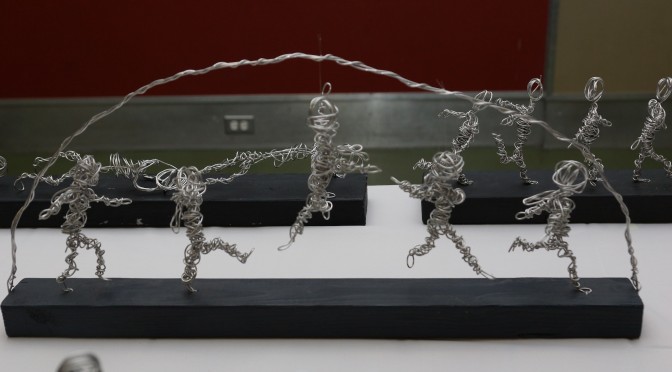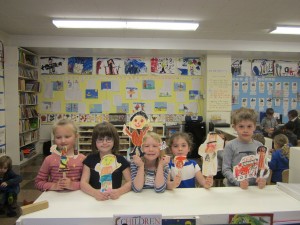The following “conversation” between Ana, Michelle and Dave appeared on one of the whiteboards in my office: Continue reading “Splat” — On making mistakes and meaning
What can I do?
It’s November in NYC, I have been feeling disempowered, confused, and angry with so much about our country and it feels so large and overwhelming. So I brought it back to something tangible. It’s called WHAT CAN I DO? Continue reading What can I do?
A Collaboration for Social Innovation
The eighth grade social justice project “Choosing to Participate” is a cornerstone of the eighth grade humanities curriculum. Through this project students study those who have stood up for justice by becoming/being active citizens themselves. Continue reading A Collaboration for Social Innovation
Progressive Approach to Practicing: HS Wind Ensemble’s Peer Evaluations
Every music director has made the following exclamation either out loud or silently while lying awake at night: “Our ensemble needs to experience playing music together after all notes and rhythms have been mastered.” Why? This is when the magic of playing music together happens. We want our students to experience how the joy and art of collective music-making is taken to a heightened state when our minds no longer need to be concerned with “what note is that?” or “how does that rhythm go?” What’s more, when students can play their music effortlessly we can put our energy towards exploring and practicing the many nuances necessary for bringing the music to life. Too often directors and students spend their valuable class time going over things that should be tackled before or after a rehearsal. Continue reading Progressive Approach to Practicing: HS Wind Ensemble’s Peer Evaluations
My Future Self
With our eighth graders off in DC (#lreidc) exploring memorials and monuments and making connections to their humanities inquiry and the seventh graders in Williamsburg (#lreiwb) doing research for their Colonial Museum exhibits, our fifth and sixth graders have gotten to stretch their wings a bit in our middle school spaces. Our fifth grade civilization simulation is just getting under way and sixth graders are using insights gained from the religions they created to begin to explore the impact of religion on life in Europe and the Middle East during the Middle Ages. Our fifth and sixth grade student reps have also been hard at work planning for the activities that they will run at this weekend’s Halloween Fair.
In Fifth Grade Adolescent Issues, we have started a project that asks students to envision their future selves that we’re doing with our friends at Inquiring Minds (@InquiringMonica and @InquiringDK). We started this process by exploring some general thoughts and ideas about the future. We will then will take a trip back into the past as students research people that they admire to tease out qualities and characteristics that they would like to cultivate in themselves. Students will then use these insights to design a possible future for themselves. Continue reading My Future Self
Framework for Improvisation
Once upon a time, in my tenth year as a music specialist, I was teaching a class of 3rd and 4th graders. We were about to record a 10 minute piece based on what we learned about form, instrumentation, dynamics, and playing together as a group.
Because the piece would be created on the spot, I thought it was important to review the“frameworks for improvisation” I had developed. They were already being used with success by colleagues at other schools. I was eager to try it out on my students.
There was a particularly imaginative and impulsive child who was quite vocal during our preparation. After class he stayed behind to tell me, “Sheri, I really understand why we needed to go over the rules but sometimes I just need the noise.” Continue reading Framework for Improvisation
Giving It All Away and the Importance of Collaboration

The Library Department is about to host a NYSAIS conference with the EdTech department around the importance of collaboration between librarians and technology teachers. As the field of school librarianship continues to grow and change, librarians are discovering that a successful partnership with technology faculty is not just a good idea but vital to creating young digital citizens who know how to evaluate information, protect privacy, and form healthy online communities. It should be easy, but sometimes we are our own worst enemies when it comes to sharing curriculum and classrooms. We are often too quick to say, “But I can’t give up time to collaborate, or I’ll never get through my curriculum!” or “Our schedules just don’t match, it’s hopeless to try and plan something,” or “But I love teaching this topic, I don’t know if I want to share it with anyone!” These all too human responses remind me of a blog post I wrote for Library Lost & Found about giving it all away. Even though it can sometimes feel counter intuitive, the only way to improve, advance and grow is to share, share, share. When we give it all away, we quickly discover that we get it all back–with interest!
Do We Know What Our Students’ Needs Are?
Am I able to check in with which each of my students with enough regularity that I know what their needs are? And more importantly, are my students able to reflect upon and articulate their needs themselves? Up until recently I’ve relied upon assessing their work at certain points in a project or class time check-ins whenever possible to keep each of my students’ needs on my radar. For the student who is more of a quiet learner and less comfortable interacting and expressing themselves it is often a bit of a puzzle for me to determine their needs. Continue reading Do We Know What Our Students’ Needs Are?
When the familiar becomes this sort of alien world
At our first divisional faculty meeting, we used some provocative insights from Warren Berger‘s A More Beautiful Question to examine some of our familiar routines and practices through the lens of our important summer learning experiences. We wondered together about how might these powerful experiences reframe how we look at the familiar so as to make it seem new again and open for inquiry. Continue reading When the familiar becomes this sort of alien world
Designing for Innovation
What do you get when you bring together faculty teams from each division and frame mission-focused inquiry around a design thinking framework? You get our first successful Innovation Institute. Over a five-day period this summer, a diverse group of faculty came together to explore the concept of time and how it impacts teaching and learning at LREI. With facilitation by designers from the School of Visual Arts Design for Social Innovation program (@InquiringMonica and @playlabinc), the participants explored how a design thinking mindset can be used to forward our mission through the cultivation of empathy connected to purposeful action. Within in this framework, participants identified questions connected to problems whose solution will have a positive institutional impact on our work and culture. Continue reading Designing for Innovation
Big Time: Prototype 1 (a video)
As part of the first Innovation Institute, our middle school cohort consisting of Susannah, Sherezada, Dave and Matt took on the challenge designing the weekly block of time that will be designated for individual student exploration. Our initial prototyping dealt with testing out the process through which students will determine their topic of exploration. We brought in 3 middle school students to test our initial ideas. Here is a video recap:
You can view our slide show presentation here.
When Students Take the Lead, Discovery Follows
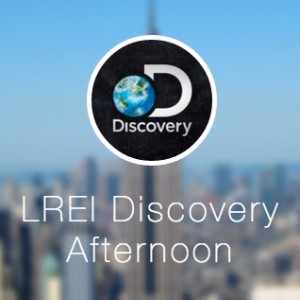 Last Friday saw the roll-out of Discovery Afternoon version 2.0. Our 2013 inaugural run of Discovery Afternoon drew on the expertise and passion that exists within our own faculty. It was an opportunity for students and teachers to get to know each other outside of the classroom and to strengthen our middle school community of learners.Discovery Afternoon provided an opportunity for experiential learning guided by teachers through activities that extended beyond the daily academic routine. Activities offered gave teachers an opportunity to share a hobby, passion, or favorite city location with a small group of students. Activities were designed to help students grow intellectually and emotionally as they pursued new interests or explored passions shared with their teachers. It was a great success. Continue reading When Students Take the Lead, Discovery Follows
Last Friday saw the roll-out of Discovery Afternoon version 2.0. Our 2013 inaugural run of Discovery Afternoon drew on the expertise and passion that exists within our own faculty. It was an opportunity for students and teachers to get to know each other outside of the classroom and to strengthen our middle school community of learners.Discovery Afternoon provided an opportunity for experiential learning guided by teachers through activities that extended beyond the daily academic routine. Activities offered gave teachers an opportunity to share a hobby, passion, or favorite city location with a small group of students. Activities were designed to help students grow intellectually and emotionally as they pursued new interests or explored passions shared with their teachers. It was a great success. Continue reading When Students Take the Lead, Discovery Follows
Pursue your Passion
You have seven weeks to pursue your passion. What will you do?
Art as Experience
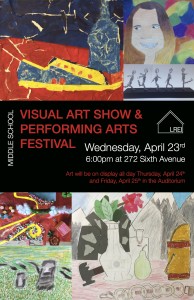 It was a pleasure to see so many of you at last night’s Middle School Art Show and Performing Arts Festival. For an evening that would suggest a focus on product and performance, I was struck by how much emphasis there was on highlighting the artist’s process. Visual art teachers Jeremiah Demster and Nathalie Hall and our young artists were engaged in regular conversations about the evolution of the work throughout the evening. At the same time, performing arts teachers Deborah Damast, Susan Glass, Joanne Magee, and Matt McLean and their students made sure that the evening’s performances were also balanced with insights into each groups working process as well. Continue reading Art as Experience
It was a pleasure to see so many of you at last night’s Middle School Art Show and Performing Arts Festival. For an evening that would suggest a focus on product and performance, I was struck by how much emphasis there was on highlighting the artist’s process. Visual art teachers Jeremiah Demster and Nathalie Hall and our young artists were engaged in regular conversations about the evolution of the work throughout the evening. At the same time, performing arts teachers Deborah Damast, Susan Glass, Joanne Magee, and Matt McLean and their students made sure that the evening’s performances were also balanced with insights into each groups working process as well. Continue reading Art as Experience


